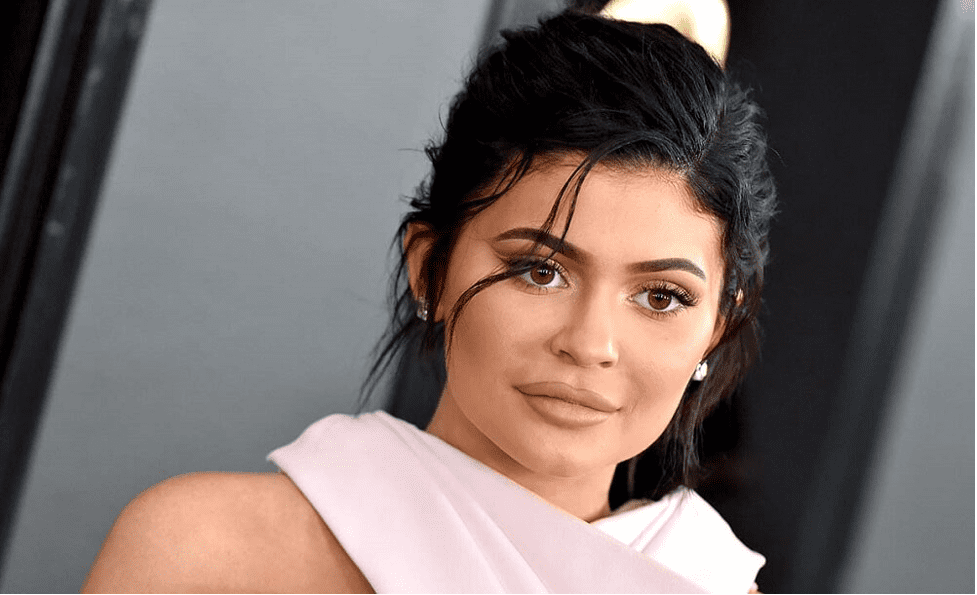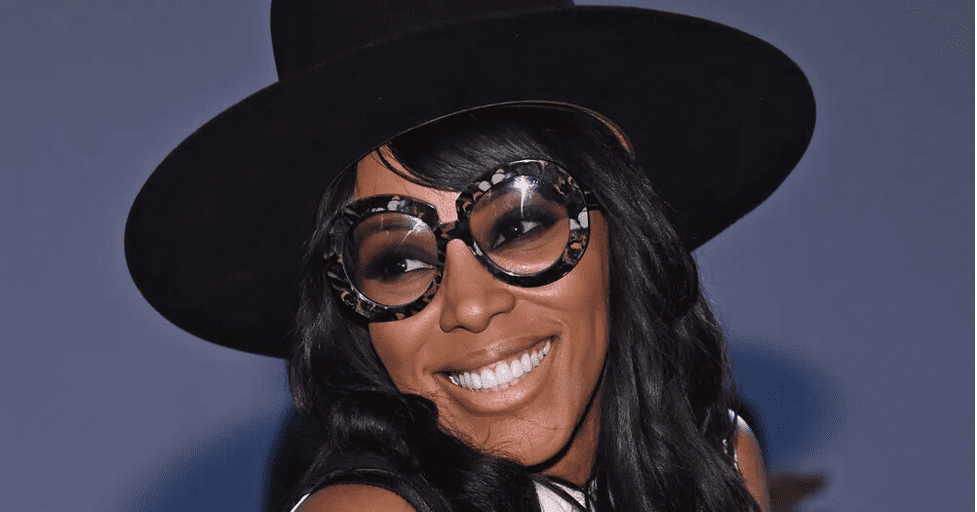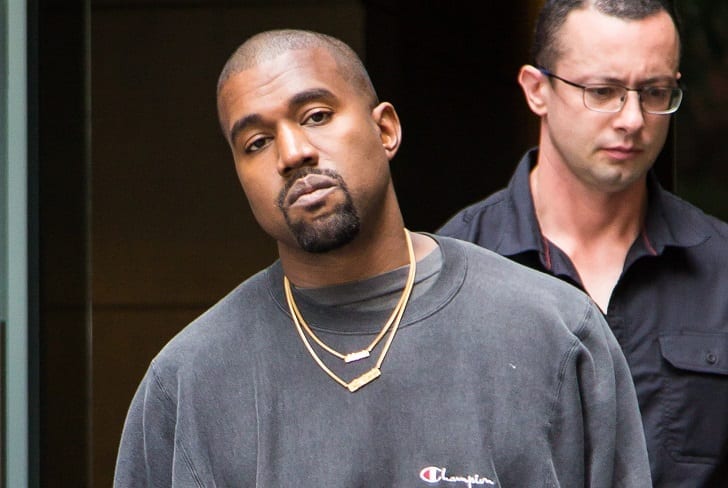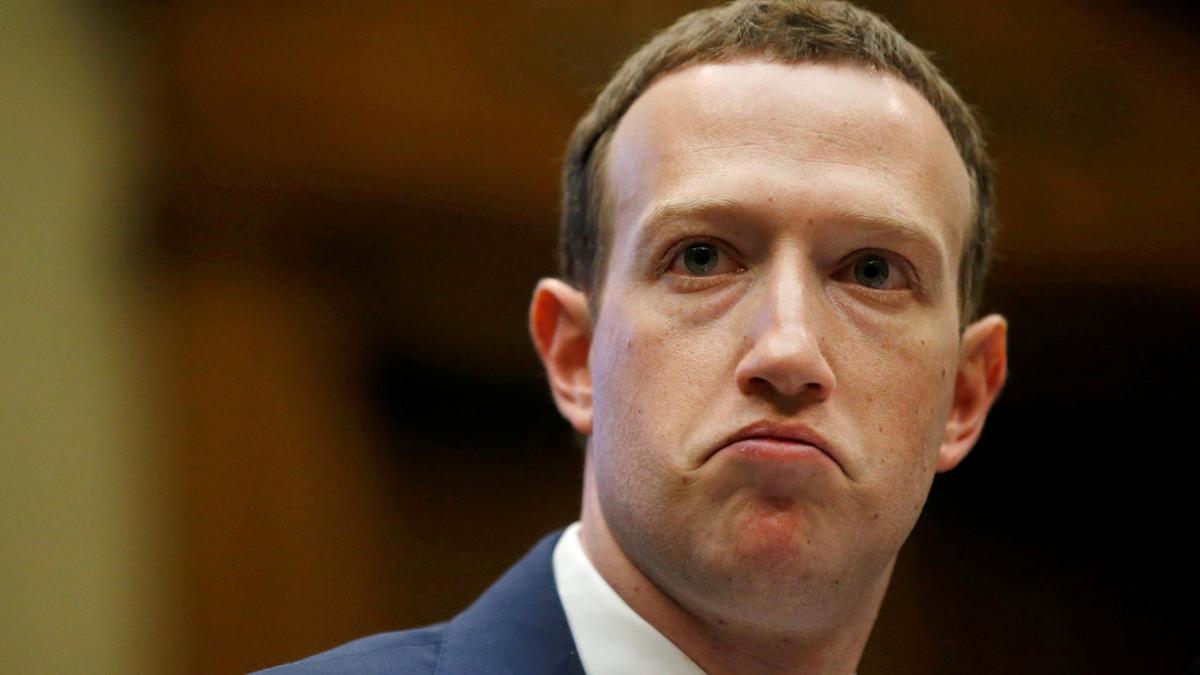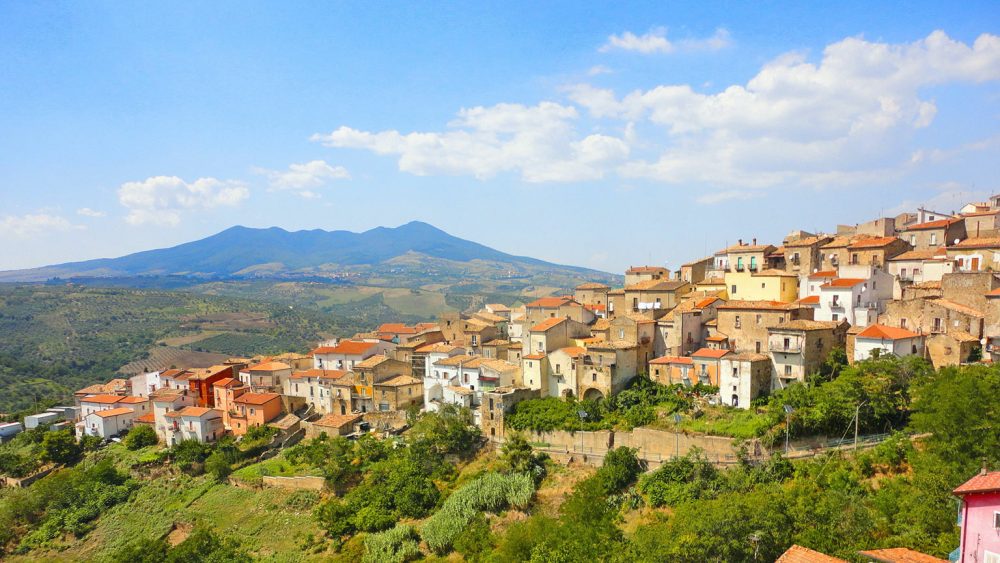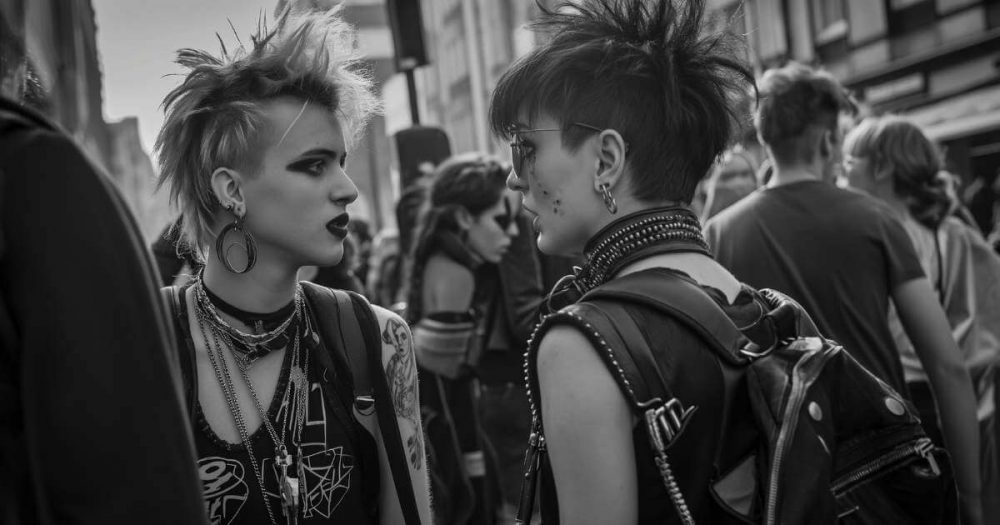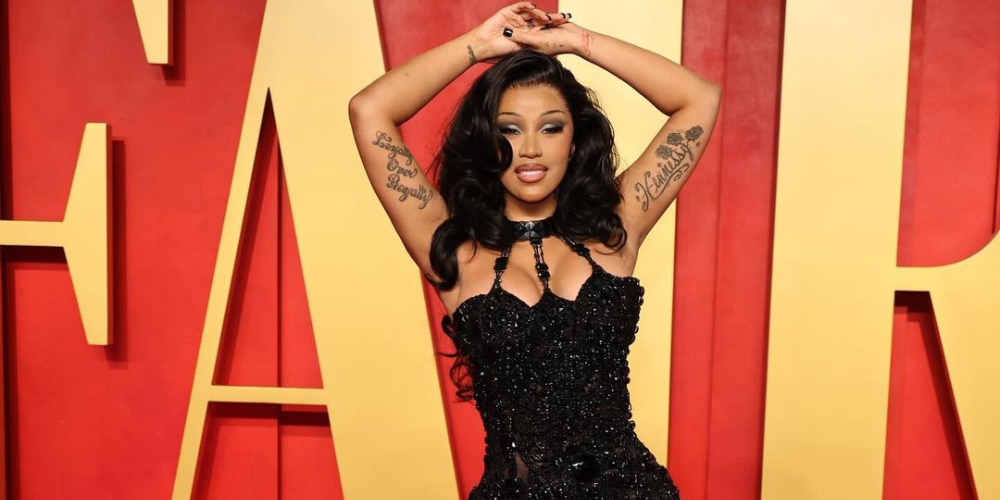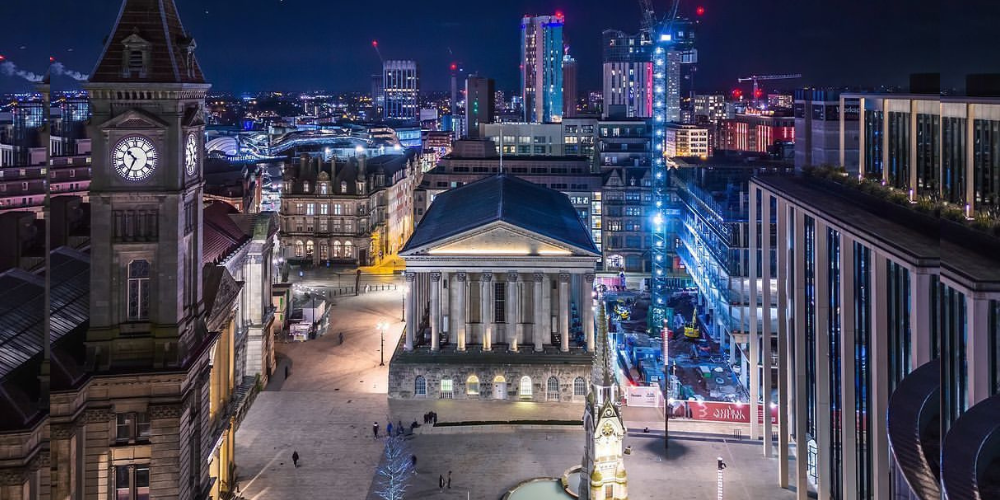The 1920s, often heralded as the Roaring Twenties, were not just a period of economic prosperity but a revolutionary fashion era that resonates today. The decade ushered in a series of styles that defined the modernity and liberation of the time, highlighted by groundbreaking trends and iconic pieces that continue to influence the fashion world. This article will explore what you need to know about the greatest 1920s fashion trends.
The Iconic 1920s Fashion Trends
The Rise of the Little Black Dress

Alison S. Cohn | MSN | One of the most enduring symbols of 1920s fashions is the Little Black Dress.
One of the most enduring symbols of 1920s fashion is the Little Black Dress (LBD), pioneered by Gabrielle Chanel. Introduced in 1926, the LBD was a radical departure from the more ornate fashions that preceded it. Dubbed "the Ford of fashion" by Vogue, akin to the ubiquity and efficiency of the Model T car, this sleek crepe de chine dress was celebrated for its versatility and understated elegance, making it a staple for both day and night wear.
Bobbed Hair
The era also saw a shift in women's hairstyles, with the bob becoming the quintessential 'do. Influenced by figures like dancer Irene Castle and further popularized by F. Scott Fitzgerald’s story “Bernice Bobs Her Hair,” the bob was more than a style—it was a statement of modern femininity and independence.
This trend was so pervasive that by the mid-1920s, a night out in any cosmopolitan city would showcase short-haired women, a marked shift from the longer styles of previous decades.
the bob was more than a style—it was a statement of modern femininity and independence.

September Grace Mahino | MSN | Bobbed hair in the 20s was a statement of modern femininity and independence.
Flapper Fashion
Women’s fashion overall took on a more relaxed silhouette during the 1920s. The flapper style emerged, characterized by its drop waists and higher hemlines that boldly revealed the shins—starkly contrasting the more conservative Victorian and Edwardian eras. This trend reflected a broader societal shift towards more liberal social behaviors and was complemented by the popularity of jazz music and the Charleston dance.
Accessorizing the 1920s Way: Cloche Hats and More
Accessories, too, defined the fashion of the 1920s. The cloche hat became an indispensable part of a woman’s wardrobe. Crafted to hug the head and shape around the bob, this bell-shaped hat symbolized the chic and streamlined aesthetic of the era. It was often paired with flesh-colored stockings, which became a new way to subtly flaunt one's legs while maintaining a veneer of modesty.
The Robe de Style
Another notable trend was the Robe de Style, a softer counterpoint to the tubular flapper dress. Championed by designers like Jeanne Lanvin, this style featured a fuller skirt and provided an alternative for those who preferred a more traditional, feminine look. It demonstrated the era's versatility in fashion, accommodating various tastes and preferences within the modernist framework.

@virtuouscourtesan | Instagram | The Robe de Style featured a fuller skirt and provided an alternative for those who preferred a more traditional, feminine look.
Art Deco and Men’s Fashion
The influence of Art Deco was also evident in the fashion of the 1920s. The architectural and decorative style, characterized by its geometric patterns and bold lines, was mirrored in the linear and sleek designs of the clothing and the bold, graphic illustrations on magazine covers by artists like Georges Lepape and Eduardo Garcia Benito.
On the men’s side, the decade streamlined the classic suit to a more fitted two-piece, reflecting a shift towards modern simplicity that was guided by the sartorial choices of public figures like Edward VIII, then Prince of Wales.
The 1920s were a pivotal decade in terms of economic change and a dynamic period for fashion that helped shape modern ideals of style and freedom. The trends of 1920s fashion, from the iconic LBD to the revolutionary bob, not only made a lasting impact on fashion but also mirrored the transformative spirit of the Roaring Twenties—making it a decade to remember in the annals of fashion history.

